Mechanical Engineering
Underwater air pockets smooth out the bumps
Air cavities forming around skipping buoyant objects could help reduce drag and enhance underwater maneuverability.
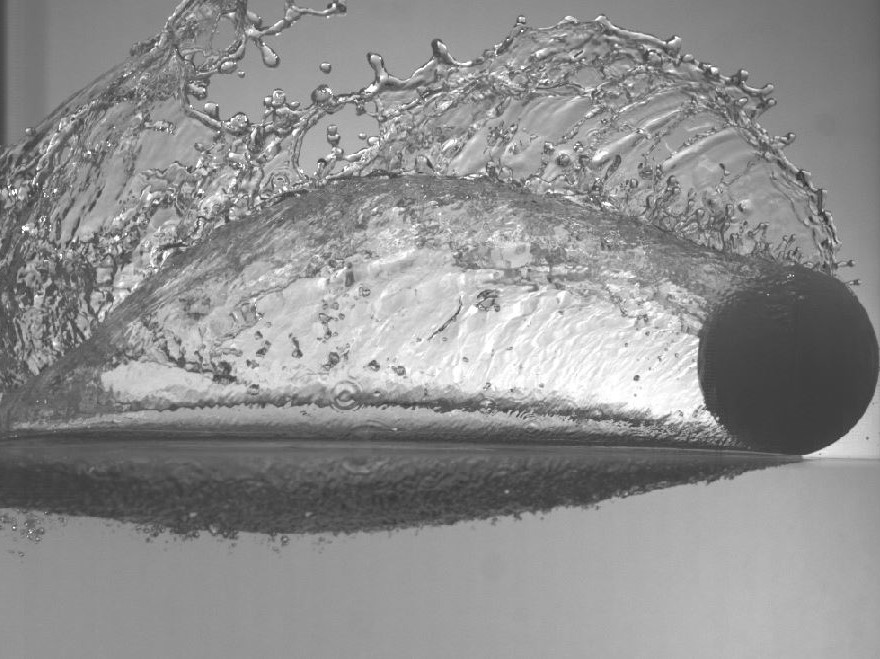
Ships, marine robots and oceanographic instruments are set to become faster, more fuel-efficient and easier to maneuver. An approach, developed by researchers from KAUST, provides insight into air cavity formation around buoyant objects that move at the air–water interface.
Understanding air cavity formation helps to predict and control the behavior of an object that floats or skips on water. While moving quickly across the water surface, the object creates a low-pressure zone that causes air to be drawn into the water, generating small cavities. The cavities get trapped underneath the object, reducing friction between the object and the water. This allows the object to skip or glide across the water’s surface with less resistance.
There are many methods devised to study this phenomenon, but they often concentrate on the equilibrium states of floating objects and may not capture the dynamic and transitional behaviors exhibited by cavity formation during skipping.
Now, Ph.D. student Farrukh Kamoliddinov, who led the study under Sigurdur Thoroddsen and Tadd Truscott’s supervision, and co-workers have evaluated the behavior of hollow aluminum spheres being pulled along the water surface. The researchers focused on the less-studied skipping of the spheres, during which individual spheres oscillate below and above the water surface.[1]
“These spheres can generate unique behaviors due to the interplay between their geometry, buoyancy and the surrounding fluid,” Kamoliddinov says.
The researchers systematically varied the pulling angle and counterweight to gauge the influence of these parameters on the sphere’s motion and shed light on the hydrodynamic forces governing cavity formation. They also used high-speed imaging to capture and analyze the details of this dynamic and transient phenomenon in real time. “This approach provides a comprehensive understanding of the hydrodynamics involved,” Kamoliddinov says.
The sphere floated at the surface at low pulling speeds but skipped at high pulling speeds, forming a horizontal underwater air cavity before exiting the water. Higher pulling angles produced longer air cavities and skipping distances while accelerating the water exit.
The researchers also discovered that, after diving, the sphere rose to the water surface, creating a deformation and, without exiting the water, dove again to generate the cavity in its wake. The underwater cavity detached from the water surface and elongated while travelling with the sphere. During the water exit, the sphere approached the surface, causing the attached cavity to collapse as it left the surface.
The team is delving deeper into the mechanics of air cavity formation to achieve better control and exploring potential applications in various fields. “Through continued research and collaboration, we aspire to contribute to the development of innovative technologies and solutions for marine engineering and exploration,” Kamoliddinov says.
Reference
- Kamoliddinov, F., Vakarelski, I.U., Thoroddsen, S.T. & Truscott, T.T. Skipping under water: buoyant sphere hydrodynamics at the air–water interface. Physics of Fluids 35, 072106 (2023).| article
You might also like
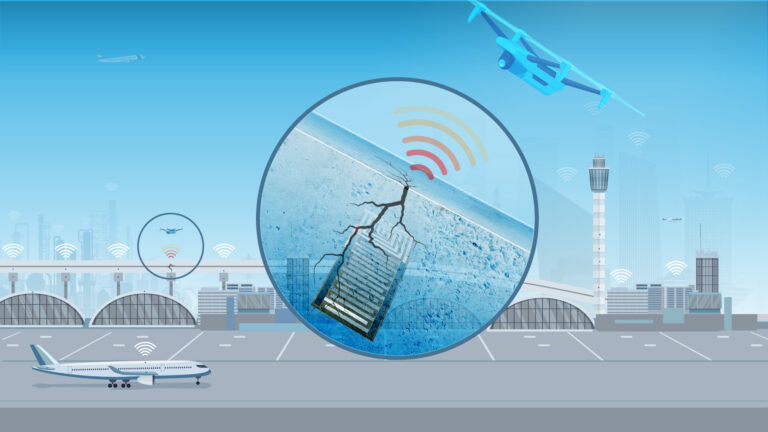
Mechanical Engineering
Innovative strain sensor design enables extreme sensitivity

Mechanical Engineering
Turbulent flow shows surprise patterns that could help boost efficiency
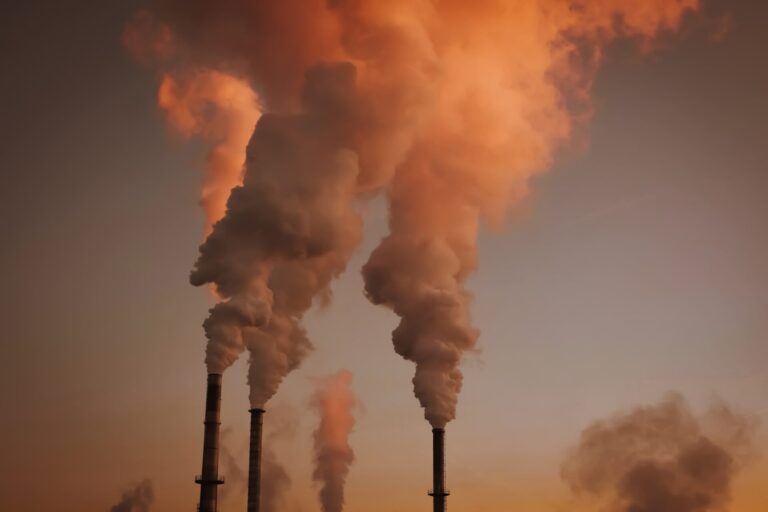
Mechanical Engineering
Machine learning model identifies gas molecules

Mechanical Engineering
Making a splash: unraveling the impact of large water droplets
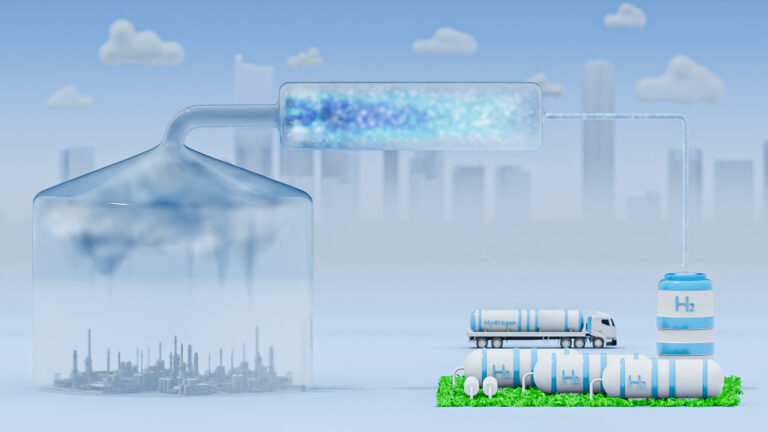
Mechanical Engineering
Sour gas has sweet potential for hydrogen production
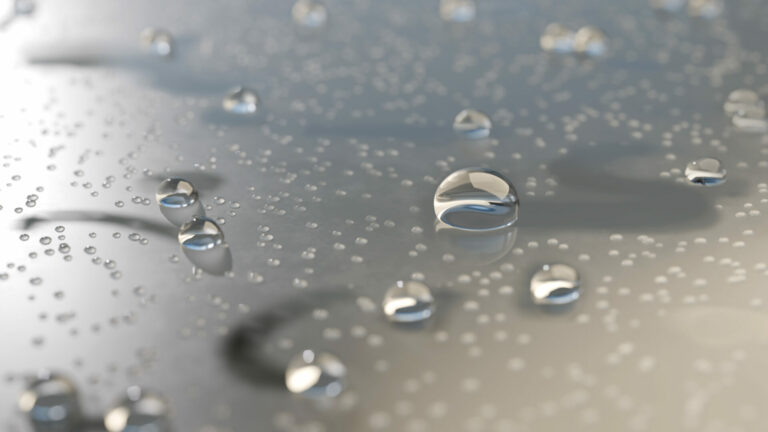
Mechanical Engineering
Dancing droplets’ new spin on water harvesting

Chemistry
Squeezing more from carbon dioxide
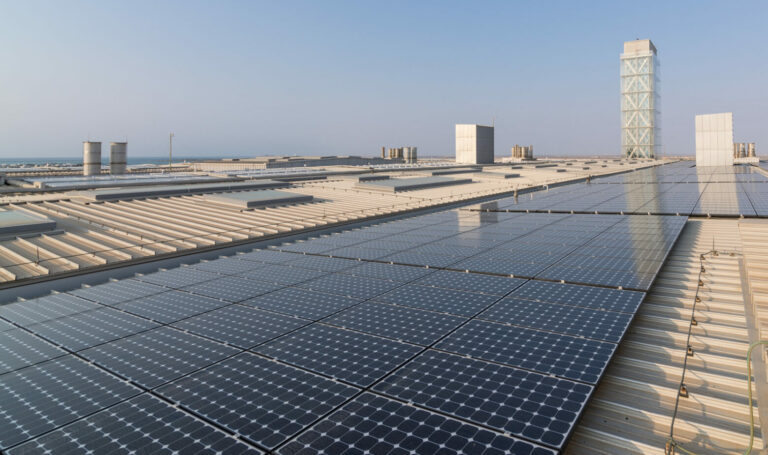
Applied Mathematics and Computational Sciences




